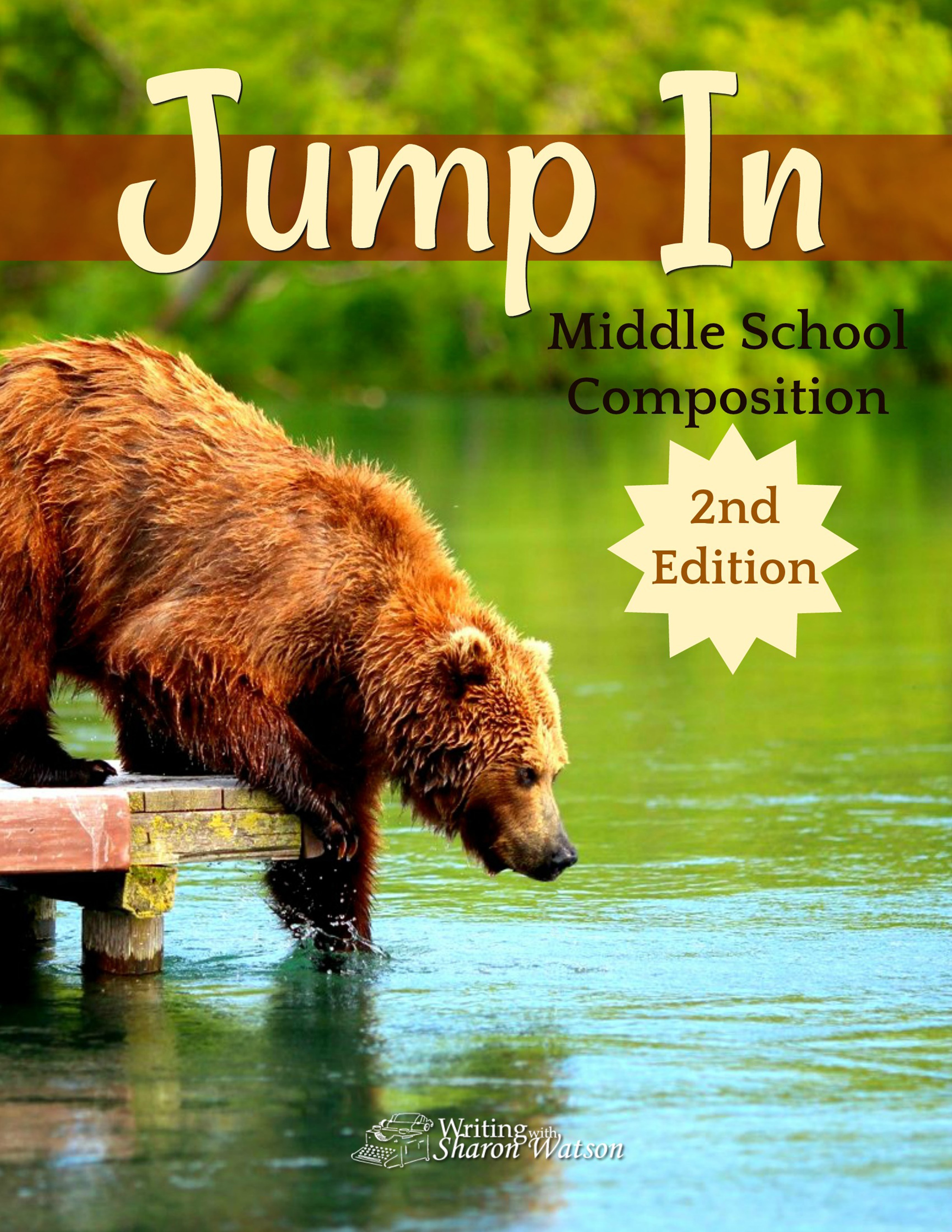What are the benefits of owning a pet?
I’m sure you could list a few benefits off the top of your head. Good. Keep those in mind as we learn about an essay’s introduction.
When you write an introduction, you’ll want to include a few key items:
1. An intriguing first sentence to capture your reader’s attention. It’s called a hook.
2. A clear idea of what the article or essay is about (its topic).
3. A sentence that is the main idea (thesis statement) that will guide the rest of the article.
Here’s an example of an introductory paragraph about the TV remote. Although it seems serious, this student is actually poking fun at the idea that the TV remote has affected society:
The TV remote control seems to be an innocent device. We have grown very dependent on it and might not even want to watch TV without the ease of this automatic control box. The inventor of this infrared communications device is Robert Adler. He worked at Zenith for sixty years and invented the Zenith Space Command remote control in 1956. Many people have asked him if he feels guilty for inventing such a laziness-inducing product. His response is, “That is ridiculous. Every person should be able to change the channel from where he or she is sitting.” One wonders, however, how the remote control has affected our culture.
Let’s see how this writer did:
1. The first sentence is somewhat intriguing because it uses “seems” and “innocent,” which makes us wonder where he’s going with this.
2. We have a clear idea of the article’s topic: the TV remote, and he seems a little negative about it (“laziness-inducing product”). Therefore, we can guess that all the effects on our culture are going to be negative as well.
3. The last sentence in the introduction is the main idea. The writer could have gone in any direction with the remote, but he chose to tell us how the remote control has affected our culture.
 Now it’s your turn: Write an introduction on the benefits of owning a pet. If that topic is a yawner for you, choose another. Put all three ingredients into your introduction: a hook, a clear idea of the topic, and the main idea (what particular idea you want to convey to your readers) at the end of the paragraph.
Now it’s your turn: Write an introduction on the benefits of owning a pet. If that topic is a yawner for you, choose another. Put all three ingredients into your introduction: a hook, a clear idea of the topic, and the main idea (what particular idea you want to convey to your readers) at the end of the paragraph.
To learn how to use personal stories in introductions, click here.
The paragraph on the TV remote control is taken from The Power in Your Hands: Writing Nonfiction in High School, 2nd Edition.
 Download your FREE chapters from our new literature course Illuminating Literature: When Worlds Collide.
Download your FREE chapters from our new literature course Illuminating Literature: When Worlds Collide.
Teachers, connect with Sharon on Facebook or Pinterest!
 Are your writers struggling? Do you wish you could figure out why your children won’t write? Would you love to have a peaceful writing class experience?
Are your writers struggling? Do you wish you could figure out why your children won’t write? Would you love to have a peaceful writing class experience?
Help your struggling writers—and you!—by identifying five hurdles to writing. Then learn practical actions you can take against those hurdles.
This article by me in The Old Schoolhouse magazine is also loaded with links to other helpful posts that will give you and your writers some welcome relief.
Click here to drain some of the tension from your writing class
Frustrated that your students don’t finish an essay or don’t know the steps to complete one? Worry no more! Click here for my latest article in The Informer about a super-practical writing schedule you WILL use!












